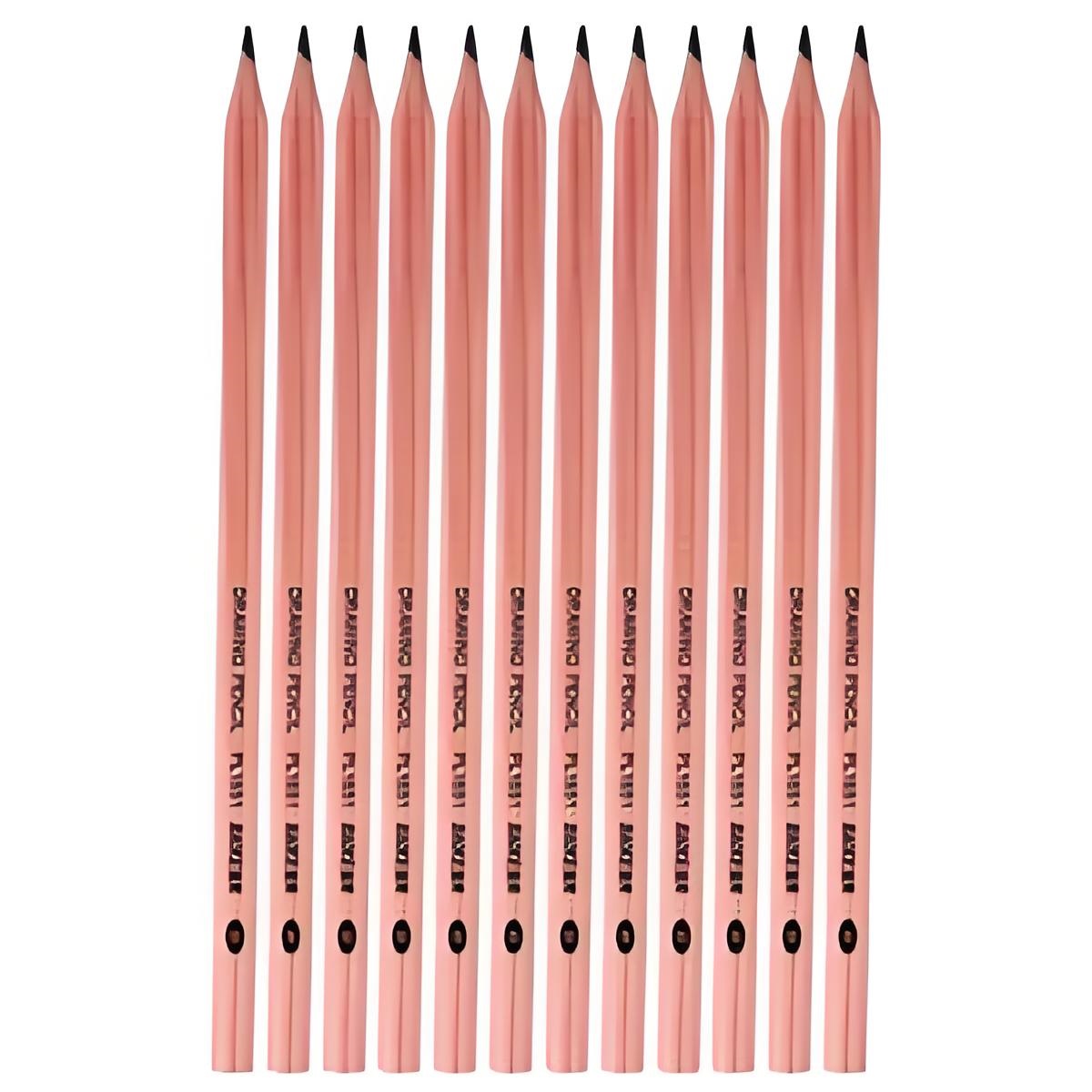Colored pencils are a staple in the art world, cherished by children and professional artists alike for their versatility and vibrant colors. Whether you’re sketching, coloring, or creating detailed illustrations, colored pencils offer endless possibilities to express creativity. In this article, we will explore the components of colored pencils, the different types available, and tips for choosing and using them effectively.
What Are Colored Pencils Made Of?
Colored pencils consist of four primary components: pigments, fillers, binders, and wooden casings.

-
Pigments
: The pigments in colored pencils are the key to achieving a wide range of colors. These pigments can be natural or synthetic. Natural pigments are derived from materials like ochre, charcoal, and limestone, while synthetic pigments are chemically produced, offering an even broader spectrum of colors. -
Fillers
: Fillers such as wax or talc are added to colored pencils to provide the right hardness and texture. They also help reduce the overall cost of the pigment. The balance of pigment and filler affects the pencil’s color intensity and smoothness. -
Binders
: Binders like glycerol esters, wax, and resins are used to hold the pigments and fillers together. The type of binder used can significantly impact the quality of the colored pencil. For instance, wax-based binders generally provide a smoother application, while oil-based binders offer more vibrant and durable results. -
Wooden Casings
: The outer casing of colored pencils is typically made from woods such as linden, poplar, or softwood. These materials protect the core of the pencil and provide a comfortable grip for users.
Learn more about pigment composition and its effects on colored pencils here.
The Versatility of Colored Pencils
Colored pencils can be broadly categorized into three types: oil-based, water-soluble, and pastel pencils, each offering distinct characteristics and uses.
-
Oil-Based Colored Pencils
: Known for their vibrant, heavy colors, oil-based colored pencils have a waxy core that creates a unique texture. They are ideal for creating rich, layered effects but can be challenging to erase. Artists often use them for detailed illustrations and vibrant artworks. -
Water-Soluble Colored Pencils
: These pencils can be used dry, like traditional colored pencils, or with water to achieve watercolor effects. The colors tend to be more natural and less intense than oil-based pencils. They are perfect for creating soft, blended backgrounds and detailed architectural sketches. -
Pastel Colored Pencils
: Pastel pencils have a powdery texture and offer strong coverage. They are great for creating textured effects and can be easily blended. However, they can smudge easily, requiring careful handling and often a fixative spray to preserve the artwork.
Explore the different types of colored pencils
here
.
Choosing the Right Colored Pencils
Selecting the right colored pencils involves considering your specific needs and preferences.
-
For Beginners
: If you’re just starting, affordable and versatile options like
CPencils.com
offer a great range of colored pencils suitable for various projects. Their products are perfect for practicing techniques and experimenting with different styles. -
For Professionals
: Experienced artists may prefer higher-end brands that offer richer pigments and smoother applications.
Durzerd.com
provides a selection of premium colored pencils that are ideal for professional use, ensuring high-quality results in your artwork.
When choosing a set, consider factors such as color range, blendability, and the type of artwork you plan to create. For detailed reviews and recommendations, check out
this guide
.
Tips for Using and Maintaining Colored Pencils
To get the most out of your colored pencils, consider the following tips:
-
Storage
: Store your colored pencils in a cool, dry place to prevent the wood from warping and the cores from breaking. A pencil case or a dedicated storage box can help keep them organized and protected. -
Sharpening
: Use a sharpener specifically designed for colored pencils to avoid damaging the cores. Handheld sharpeners with adjustable blades or electric sharpeners can be excellent choices. -
Layering and Blending
: Practice layering colors to create depth and blending to achieve smooth transitions. Applying light pressure and building up layers gradually can help you achieve the desired effect without damaging the paper. -
Fixatives
: For pastel colored pencils, consider using a fixative spray to prevent smudging and preserve the vibrancy of your artwork.
For more tips on using colored pencils, visit this resource.
By understanding the components, types, and proper usage of colored pencils, you can enhance your artistic skills and create beautiful, vibrant artworks. Whether you’re a beginner or a seasoned artist, the right set of colored pencils can unlock endless creative possibilities.
For quality supplies, visit
Durzerd.com
for a great selection of professional-grade colored pencils, or head to
CPencils.com
for smaller, budget-friendly sets perfect for beginners.



